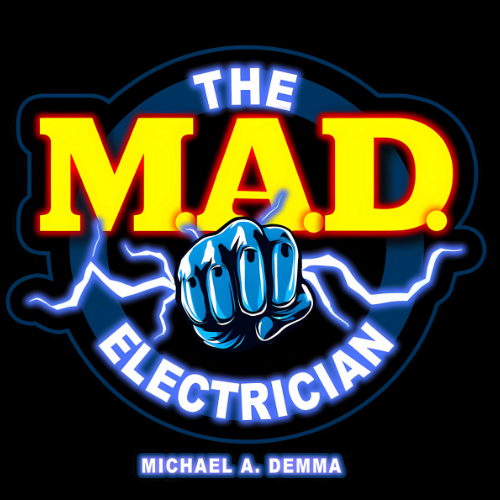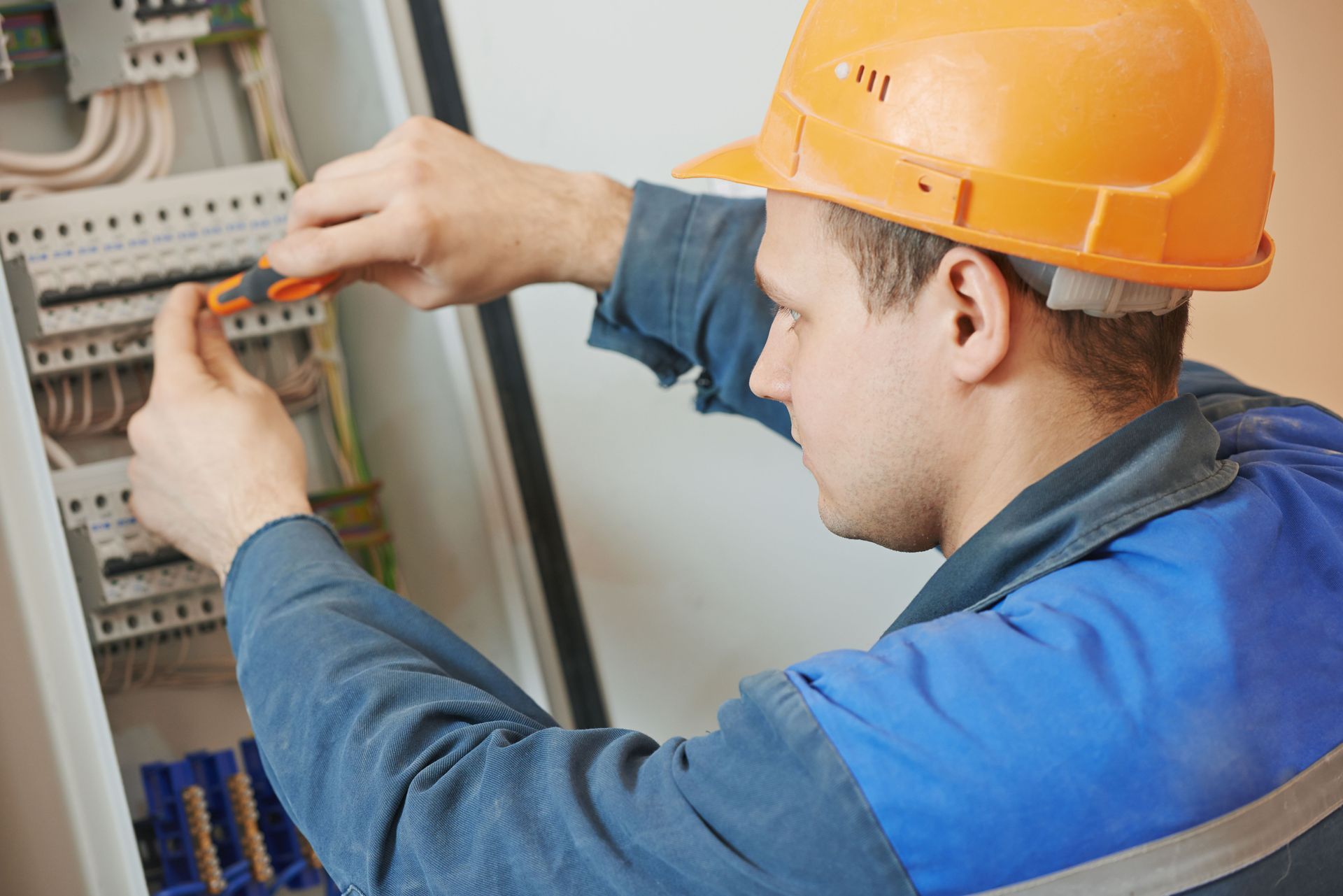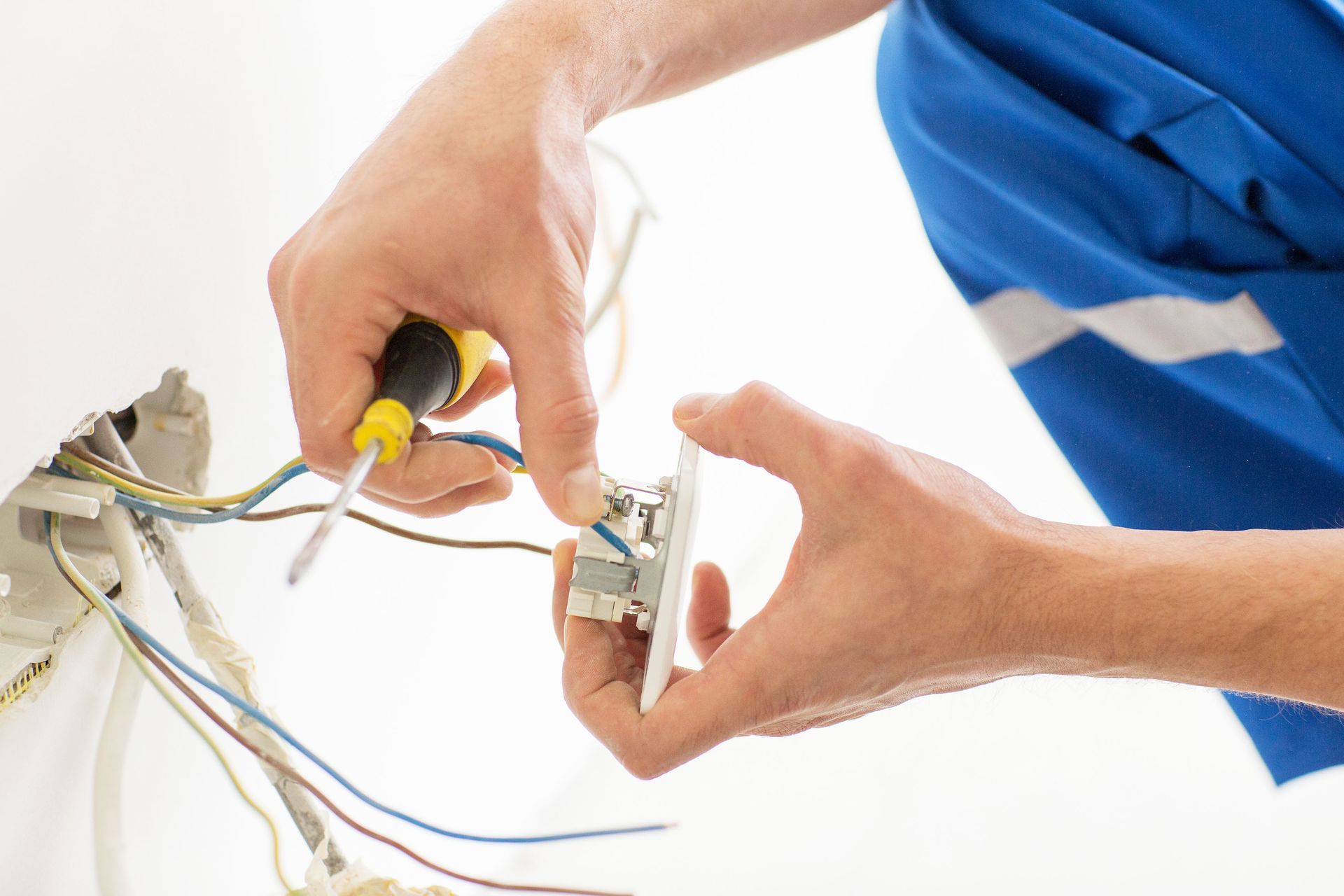August 15, 2025
In today's technology-driven world, electricity is the foundation of modern living. To ensure safety and efficiency, it's vital to have reliable electrical services. This article explores the essential electrical services for safer living and how they provide protection and convenience. Understanding these services helps homeowners stay ahead of potential electrical issues. Through proper maintenance and upgrades, families can ensure their environments are not just functional but also safe and secure.
1. Electrical Inspections
Electrical inspections are crucial for maintaining a safe home environment. Regular inspections can prevent potential hazards by identifying issues early on. Homeowners often neglect these inspections, but doing so can lead to both inconvenience and danger. In older homes, issues often stem from outdated systems struggling to meet modern energy demands. Therefore, periodic evaluations by a professional can mitigate risks before they escalate.
The process of an electrical inspection involves a comprehensive assessment of several components. Inspectors evaluate wiring, circuit breakers, outlets, and safety devices to ensure they meet code requirements. During an inspection, common problems identified include frayed wires and faulty breakers, which could lead to fire hazards. Professionals use specialized tools to ensure accurate and thorough inspections. It is essential for homeowners to understand what these inspections cover and address any concerns with the inspector.
Regular inspections also play a critical role in compliance with safety standards. Electrical codes are updated periodically, reflecting new technologies and safety findings. Homeowners who perform regular inspections ensure their systems remain compliant, avoiding potential legal or insurance issues. In older homes, non-compliance is more prevalent, making frequent inspections even more crucial. Scheduling inspections annually or biennially can keep these homes safe and up-to-date.
2. Circuit Breaker Upgrades and Maintenance
Circuit breakers are an integral part of electrical safety systems. They protect homes from electrical overloads by interrupting circuit flow, preventing potential fires. Understanding how circuit breakers function is crucial for recognizing when upgrades are necessary. In older homes, many still operate on outdated systems, making them susceptible to frequent tripping and malfunctions. Upgrading these systems ensures they handle the increased electrical loads of contemporary living.
There are several signs that circuit breakers are outdated and require attention. Frequent tripping, burning smells, or visibly damaged components indicate a malfunctioning system. It's vital for homeowners to address these issues promptly to avoid safety risks. According to This Old House, older homes are more likely to experience electrical issues due to their reliance on 60-amp to 100-amp service. Ignoring these signs could escalate into more severe electrical emergencies.
Upgrading circuit breakers involves several steps to ensure safety and efficiency. First, homeowners should consult with a licensed electrician to assess the current system's capacity and condition. The electrician may recommend replacing outdated breakers with modern units capable of managing higher electrical loads. Preventive maintenance, such as regularly cleaning and testing breaker systems, can also prolong their lifespan. Planning for emergencies by understanding how to manually reset breakers is also beneficial.
3. Grounding and Bonding Systems
Grounding and bonding systems are fundamental to an electrical system's safety framework. Grounding provides a path for excess electrical currents to flow safely into the earth, reducing shock risks. Bonding ensures that all metal parts within an electrical system are electrically connected, minimising the risk of voltages increasing during fault conditions. In homes, these systems are crucial, yet often overlooked components of a safe electrical setup.
Understanding the importance of grounding and bonding systems is key to appreciating their role in safety. They prevent electrical shocks and fire hazards by controlling electrical currents that might otherwise escape into living spaces. Ensuring proper installation and maintenance of these systems can mitigate such dangers.
Assessing current grounding and bonding systems involves evaluating their condition and functionality. Electricians test for continuity and observe whether the existing pathways can handle the electrical load. In instances where systems are outdated or non-compliant, upgrades are necessary to match modern standards. Professional evaluation can identify weak points and recommend enhancements. Regular assessments ensure electrical systems remain safe and effective throughout the home's lifetime.
4. Surge Protection Solutions
Power surges are sudden increases in voltage that can damage electrical devices and systems. These surges are often caused by lightning strikes, power outages, or malfunctioning appliances. Implementing surge protection solutions is vital for safeguarding electrical services, systems, and devices. Surge protectors redirect excess electricity into grounding wires, preventing damage to plugged-in devices. Understanding the risks and solutions associated with power surges is essential for every homeowner.
There are various types of surge protectors available for different applications. Whole-house surge protectors are installed at the main electrical panel and offer comprehensive protection against external surges. Point-of-use protectors are commonly used for individual devices, such as computers, to protect against internal surges. Each type offers unique benefits and may be suited for different parts of a home's electrical system. Homeowners should evaluate their specific needs to choose the best solution.
Installing surge protection solutions involves a straightforward yet crucial process. Licensed electricians can install whole-house protectors during a short appointment. Point-of-use protectors are easy to install, often requiring just an outlet. The benefits of surge protectors include extended lifespans for electronic devices and minimized maintenance costs. However, no surge protector can offer complete defense, and they must be used in conjunction with other electrical safety measures.
5. Emergency Lighting and Backup Systems
Emergency lighting electrical services and backup systems are crucial for safety during power outages. They provide illumination to navigate critical areas and ensure essential systems remain functional. There are various types of emergency lighting, including LED, fluorescent, and incandescent options. Each type serves specific needs, from basic illumination to complex lighting arrays for larger buildings. Backup systems enhance security, allowing for efficient evacuation if necessary.
Regulations and compliance play significant roles in implementing emergency lighting and backup systems. Many jurisdictions mandate specific lighting for public buildings, ensuring safety standards are met. Compliance is essential for avoiding legal and liability issues. For homes, adhering to these standards is equally vital to ensure family safety. Understanding these regulations can guide homeowners in making informed decisions about installations.
Choosing the right backup systems involves assessing energy needs and expected duration of outages. Generators provide power for extended periods, while smaller battery-operated systems might suffice for short interruptions. Regular testing and maintenance ensure systems function as intended when needed. Cost-benefit analysis helps homeowners decide the most cost-effective solutions, balancing installation and operating costs with peace of mind and safety assurances.
6. Smart Home Electrical Integrations
The advent of smart home technology has revolutionized electrical services, bringing unprecedented convenience and efficiency. Emerging technologies enable homeowners to control lighting, temperature, and security systems remotely. Integrating smart devices with existing systems requires understanding compatibility and technical setup. These innovations not only enhance living spaces but also promote energy efficiency and cost savings, aligning with modern environmental concerns.
Benefits of home automation include enhanced safety, increased energy efficiency, and convenience. Automated systems can alert homeowners to potential hazards, such as gas leaks or fire risks. These systems optimize energy use, saving homeowners money and reducing their carbon footprints. Understanding technological benefits is essential for making informed decisions about smart home integrations.
Ensuring security and privacy in smart home systems is crucial as technology increasingly enters personal spaces. Proper setup and encryption can prevent unauthorized access to systems controlling critical home functions. Homeowners should remain vigilant about updates and security settings to maintain integrity. Future trends suggest continued advancements in technology, with increased focus on sustainability and AI integration. Keeping informed about these trends can aid homeowners in planning for future upgrades.
Ensuring safety and efficiency in electrical systems is critical for modern living. By understanding and implementing these essential electrical services, homeowners can protect their property and enhance their lifestyle. This foundational knowledge supports proactive actions, reducing risks and enhancing well-being. Families who prioritize electrical safety not only protect their investments but also contribute to a safer and more secure future. Proactive maintenance and upgrades create an environment suited for today's technological demands while preparing for future advancements. If you're looking for dependable electrical services, contact The Mad Electrician today.





